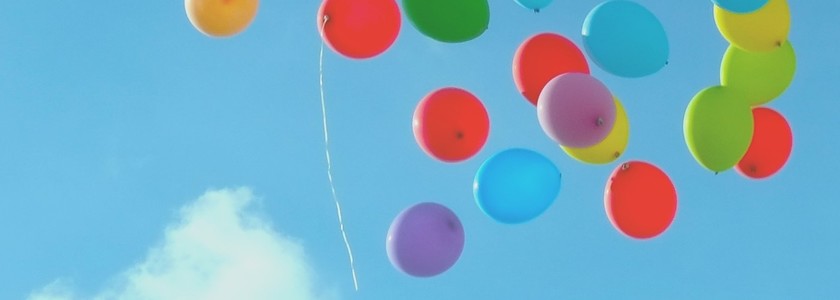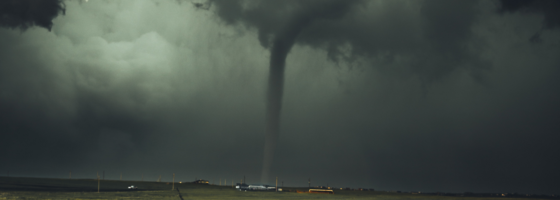

Wildlife Wednesdays: Balloons and Great Lakes Wildlife
The Alliance for the Great Lakes have an annual cleanup program that goes around the beaches and shores of the Great Lakes to pick up garbage and debris. Between the years of 2016-2018, volunteers picked up more than 18,000 balloons, balloon pieces, and strings along the shorelines, according to the Detroit Free Press. That means around 4,400-7,200 balloon debris a year! According to Lara O' Brien, who studies at the University of Michigan's School for Environment, balloons are the highest risk for sea birds. She further mentions that she "sees people come together near the beaches for graduation, marriages, and parties to release balloons. They do not consider or have the knowledge about the consequences it causes after the balloons come down to nearby wildlife in the lakes and along the shores."
The Alliance for the Great Lakes spokeswomen mentioned that "It paints a picture of the bigger plastic pollution problem plaguing the Great Lakes, our oceans, and really the entire planet." Sea birds are not the only ones affected by balloons. Pamela Denmon, a U.S Fish and Wildlife Service biologist in Virginia, says that turtles and other marine mammals have been found with entangled balloon ribbons through its guts. She has also encountered dead sea birds hanging from power lines or chocked around the neck by balloon strings. Christina Trapani, a beach cleanup volunteer in Virginia, mentions that she is encouraged that the word is getting out on balloon litter.
Five states have passed legislation to limit or ban intentional release of balloons. This includes California, Connecticut, Florida, Tennessee, and Virginia. Seven other states are considering the law, which includes Arizona, Massachusetts, New Hampshire, New Jersey, New York, Rhode Island, and Maine.
A reminder for parties and weddings outside that include balloons: First, make sure to tie them down. Second, do not release balloons into the air. Lastly, pop balloons and throw the deflated balloons away.






